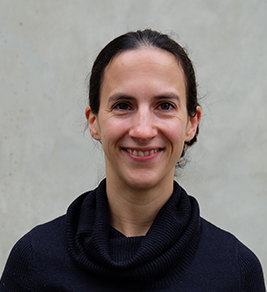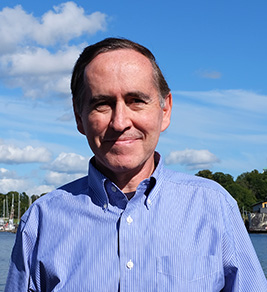This map shows the total fertility rate (TFR) in 2022.

The total fertility rate is the number of children a hypothetical cohort of women would have in one year. Data on total fertility rates is not available at the regional or municipal levels for all of the Nordic countries. The figures are estimated based on multiplying the general fertility rate by 30 (representing the typical number of reproductive years, between 15 and 45), assuming the general fertility rate is constant throughout this period. The general fertility rate is the number of births per woman during the childbearing years.
At the regional level, age and gender composition are indicative of past trends but also harbingers of future population change. In 2018, prior to the pandemic, most Nordic municipalities had fertility levels in line with their respective national levels (see map Total fertility rate (TFR) 2018 in Nordregio’s Map Gallery). Most municipalities within Greenland and the Faroes had fertility rates above 1.5 children per woman, consistent with national rates of about 1.9 (2018 map). Municipalities in Sweden and Denmark typically had fertility rates of 1.5 or higher, consistent with their national rates of 1.7. By contrast, many municipalities in Norway and Finland had fertility rates of 1.5 or lower. In 2022, fertility in most municipalities across the Nordic Region fell, reflecting the declines at the national levels, but the spatial pattern had become slightly more varied (2022 map). In several municipalities in Norway, Finland, and Sweden, fertility rates fell to less than 1.0 children per woman.
The drops in fertility resulted in declines in the number of births across most municipalities in 2022. Combined with increases in the number of deaths, this resulted in more deaths than births in many municipalities, consistent with trends at the national level. Most municipalities in Greenland, Iceland, and the Faroes continued to have more births than deaths. However, in many municipalities in Denmark, Norway, Sweden, and Finland, there were more deaths than births. Municipalities in and around the capital and other large cities continued to have more births than deaths due to their younger age structures and higher number of women, relatively speaking. Meanwhile, many municipalities in northern or peripheral areas had more deaths than births due to low fertility and lower proportions of women of childbearing age.
Various theories explain variations in levels of fertility across societies and over time, including the proximate determinants of fertility. According to this theory, indirect determinants – which may be, e.g. socioeconomic, cultural or environmental – operate via a narrow set of direct determinants that influence levels of fertility. Demographers have identified four direct factors that can explain nearly all spatial and temporal variations in fertility levels. These are the proportion of women who are married or in a consensual union; contraceptive use and effectiveness; the prevalence of abortion; and duration of postpartum infecundability due to breastfeeding. For example, couples might continue to use contraception to postpone or reduce childbearing during periods of economic uncertainty or while pursuing other career or life goals.




